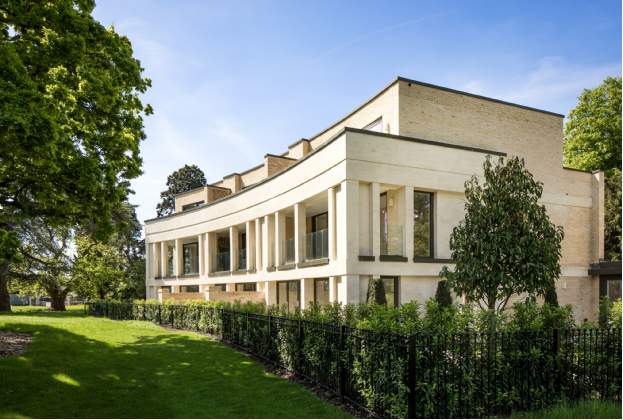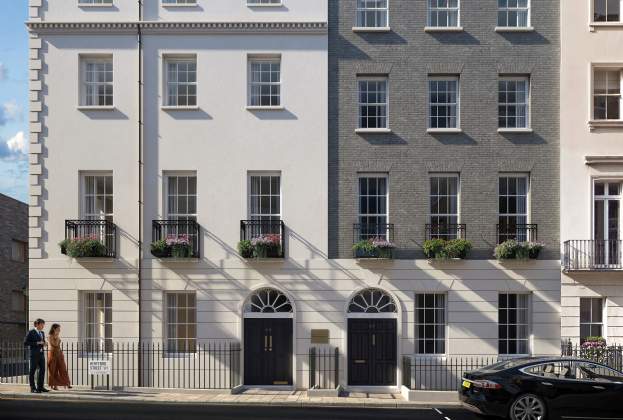In June 2023, the Mayor of London adopted four new London Plan Guidance (LPG) documents. The LPG documents seek to provide further information and clarification as to how current London Plan policies should be interpreted and implemented in practice.
Housing Design Standards
One LPG that has gained notable attention following its adoption is the Housing Design Standards (HDS) LPG. The guidance establishes standards relating to housing design, applicable to traditional, Class C3 residential land uses.
The intention is for these design standards to assist both applicants and local planning authorities through the preparation and determination of planning applications, ensuring the delivery of high-quality design within the built environment.
To this end, the HDSLPG seeks to balance key social and environmental objectives, including responding to the climate emergency and recognising the role of the built environment within this, as well as enhancing social wellbeing and inclusivity. The guidance does recognise that optimising site capacity is of critical importance (given the ever-escalating demand for new homes), however this must be through a contextual, design-led approach, to avoid “simply maximising the development of a site”.
In principle, the implementation of a framework that gives additional guidance and subsequent clarity to both applicants and local planning authorities on London-wide design policies should provide a greater awareness and application of design requirements, and expectations, at all stages of the development process.
We are seeing some London boroughs rigidly apply the requirements of the HDSLPG and so some of its key provisions, that have significant implications for the quantum and type of residential accommodation possible, warrant closer examination and must be taken into consideration at the design development stage. One of the primary issues identified in practice relates to aspect and orientation, and the newly-quantified definition of ‘dual aspect’.
Dual aspect dwelling dilemma
The current London Plan seeks to “maximise the provision of dual aspect dwellings” but does allow flexibility in regard to this principle where single aspect dwellings would better optimise the capacity of a site in accordance with London Plan Policy D3 (with such dwellings needing to ensure good residential amenity). Conversely, Part C4.1 of the HDSLPG concerning dual aspect dwellings states explicitly that “new homes should be dual aspect unless exceptional circumstances make this impractical or undesirable”. The guidance therefore goes beyond the provisions of the adopted Development Plan policy.
Whilst the Development Plan should take precedence, in practice we are witnessing the HDSLPG provisions on matters such as dual aspect units being sought by some local planning authorities, and the HDSLPG does not set out what considerations would constitute ‘exceptional circumstances’. Consequently this becomes open for individual consideration by a decision maker which can lead to uncertainty for both applicants and local authorities.
It is important that the standards set in the LPG, along with the new definition of ‘dual aspect units’, are not applied mechanistically by local planning authorities, and account is made for site or project-specific considerations. This is particularly relevant for applications which were designed and submitted prior to the adoption of the LPG. Such applications will now be assessed against the more detailed, and in some instances, stringent design provisions in the LPG and so be required to make significant scheme revisions.
A flexible approach?
Helpfully, the November 2023 Position Statement from the London Housing Delivery Taskforce (coordinated by the Greater London Authority) suggests City Hall will work with councils and industry members to implement design guidance, to support high-quality homes and overall housing delivery. Interestingly, it is explicitly noted that this engagement will “recognise the need to take the development plan as a whole and avoid mechanistic application of guidance” perhaps directly acknowledging that a greater level of pragmatism and flexibility is required when interpreting and implementing the design standards within the HDSLPG.
Any additional clarity on design standards is expected to be welcomed by local authorities and applicants alike. The hope is to ensure a more appropriate application of the guidance to achieve high-quality design while making sure the delivery of much-needed housing is expedited through the planning process.
Further information
Contact Jack Conroy and Matt Richards
.jpg)



.jpg)


.jpg)
.jpg)
(1).jpg)
